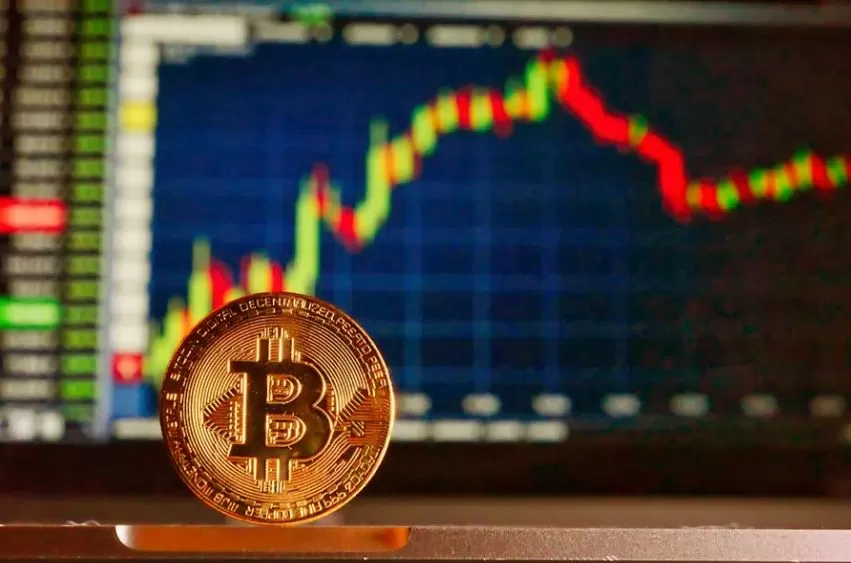Is Staking Crypto Actually Worth It?
These are the most popular ways to earn rewards, earn passive income by delegating or locking tokens, and stake your crypto. Through this article, I have tried to tell you what exactly is crypto staking and how it works, whether it is possible to calculate payments with it, and let us know. You can improve your trading skills by using the right trading platform like Profit Edge.
What is meant by stacking crypto?
Staking crypto is like a fixed deposit in a traditional banking institution, where everyone deposits money to earn bonuses, interest, or rewards. To join or participate in the crypto staking network, tokens are assigned to the wallet for a specific period. PoS (Proof-of-Stake) is common to many projects as it involves creating a new block with a network protocol, fully validating transactions as well as distributing staking rewards to newly minted coins. All these have been included.
Fixed rewards are offered to users for verifying transactions, holding coins, and contributing to network security. Speaking of the same staking reward, it is percentage-based and is based on the number of tokens to be locked and all wallets that participate in it. A high return on investment is provided to you, plus it is more motivated by many crypto investors to earn free crypto and bet their coins. When staking was introduced, it described a “P2P crypto design derived from bitcoin” as a consensus mechanism. Holding crypto hostage is considered similar to bitcoin, where miners process transactions on the blockchain to earning services as rewards. The main difference is that you need to stake it but you don’t need any expensive mining equipment for this.
Staking Crypto Work
Coins doled out to the PoW network for a particular period are eliminated from the coursing supply and “set to work”. Members who lock their coins are known as “verifiers”. The coins that are designated to wager will be haphazardly chosen from a clump of locked funds. verifiers decided to make another block. Each time a block is added to the blockchain, new coins are made and dispersed to the verifier as rewards. This process is managed with no broker. Marking rewards that are circulated to members for their endeavours in making new blocks depend on the quantity of swore coins. Members who place a lot of representatives are bound to be chosen as the following block verifier.
Is Staking Crypto Worth It?
Considered the most necessary upfront capital for mining equipment, to earn interest with a traditional bank and mining, if you have cryptocurrency then it can be quite profitable for you to bet and it is worth your effort. Worth it. Using a proof-of-stake model such as Cardano, you can buy projects or mining equipment that will not require much money from you. Users bet their coins with potential upside so that they can profit from rewards and asset value.
Staking is worth the effort as it eliminates the hindrance of passage and permits investors to begin an okay stake with an insignificant sum. new users can secure high-stakes rewards by investing and wagering on new projects in the improvement stage. Fewer members are bringing about more significant returns. Notwithstanding, there are a few dangers of investing with coins at the underlying stage which ought to likewise be thought of.
Risks of Staking crypto
Staking crypto requires its Surface-connected users to lock their crypto for a while. At that time it is also necessary to withdraw or sell the money. If you want to bet your crypto then you have to risk malicious actions at that time, failure to validate transactions, offline nodes, and the depreciation of these currencies in the market. This market is known for high volatility, if there is a fall in the prices of these currencies due to a correction in this market or a bear market, then the investors may have to face financial loss at that time. That is, when placing bets at the beginning of the staking period, the probability of the coin’s price being below the market price increases.










